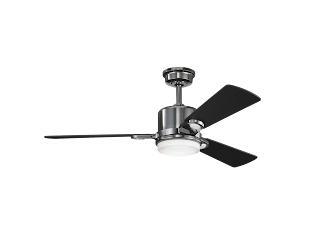-Phyllis Diller
A lot of people have the problem of having too much stuff with no where to put it. As a 22 year old student that only works part time, and still lives with her parents, I either have way to much stuff or too little of space. The only place I have to put all my stuff is in my bedroom because the rest of the house is filled with all my parent's stuff. So if you are like me and live with your parents, maybe you have kids in the house (we all know having kids means having a lot of stuff), or maybe you just have way to much stuff in general, this post can help you out. I read "11 Ways to Maximize a Small Space" by Jen Renzi. on www.housebeautiful.com. Even if you are simply designing a space these tips can be useful.
TIP #1: CREATE ZONES
Think about all the things you do in a particular space and create different zones or areas for each activity done.
TIP #2: EMBRACE CHANGE
Choose furniture that serves more than one purpose. If can save on space help with the clutter. You can also pick furniture that can be moved or collapsable when not being used. That way the room can change when or if you need it to.
TIP #3: TRICK YOUR EYE
You can design a space to make it look bigger than it is such as furniture placement, the use of mirrors, furniture scale, the use of window treatments, ect...
TIP #4: MAKE EVERY PIECE COUNT
When choosing furniture, keep in mind the function needed in the space and select furniture for maximum functionality. Every little bit of space helps especially if there is a lot of traffic flow.
TIP #5: USE BIGGER-BUT FEWER FURNISHINGS
Having a few large pieces of furniture is way better than filling a space up with a lot of smaller furniture. By using larger scale furniture, it fills the space up more which than oddly makes the room appear larger.
TIP #6: VISUAL CONTINUITY CREATES CALM
Light Colors help make a room look bigger and creates a calming, soothing space.
TIP #7: CUSTOMIZE
By customizing things in a room, such as a bookshelf or desk, it can help you utilize all the space you can.
TIP #8: CREATE A JEWEL BOX
You can enhance a room's coziness by picking elaborate furnishings/materials.
TIP #9: THINK VERTICALLY
There's a lot of unused space from the tops of your furniture to the ceiling that can be utilized. You can be creative and think of different ways to use that space.
http://www.123decor.com/eclectic-dash-and-refined-proportions-is-hallmarks-by-architect-skip-srokas-new-home-in-phillips-park
http://www.123decor.com/eclectic-dash-and-refined-proportions-is-hallmarks-by-architect-skip-srokas-new-home-in-phillips-park
TIP #10: CREATE SIGHT LINES
If it's possible, you can make the room larger by removing walls, putting in larger windows or you can create your own space by putting up screens or shelving that help create better sight lines.
TIP #11: EDIT
You don't have to keep everything you have out, that's what storage is for. Not every single area needs to be filled in. This is the problem my Grandma has. She feels the need to cover every single area of her house and there is no room to breathe.
These tips can come in handy in many different situations, but remember not all of them will work for you. Every house is different and you need to find what works best for you and your space. Don't be afraid to be creative and find alternative solutions to your clutter.

























































